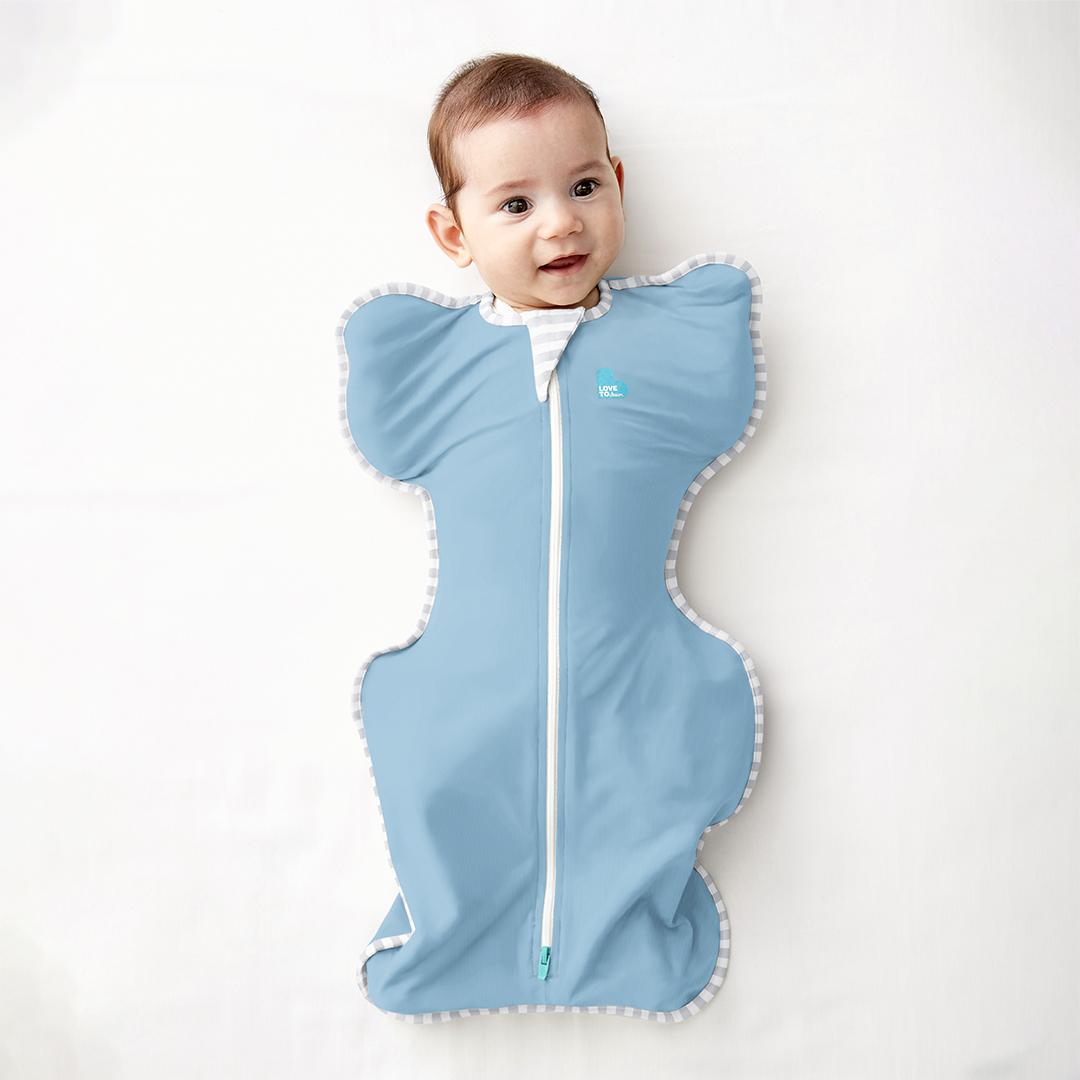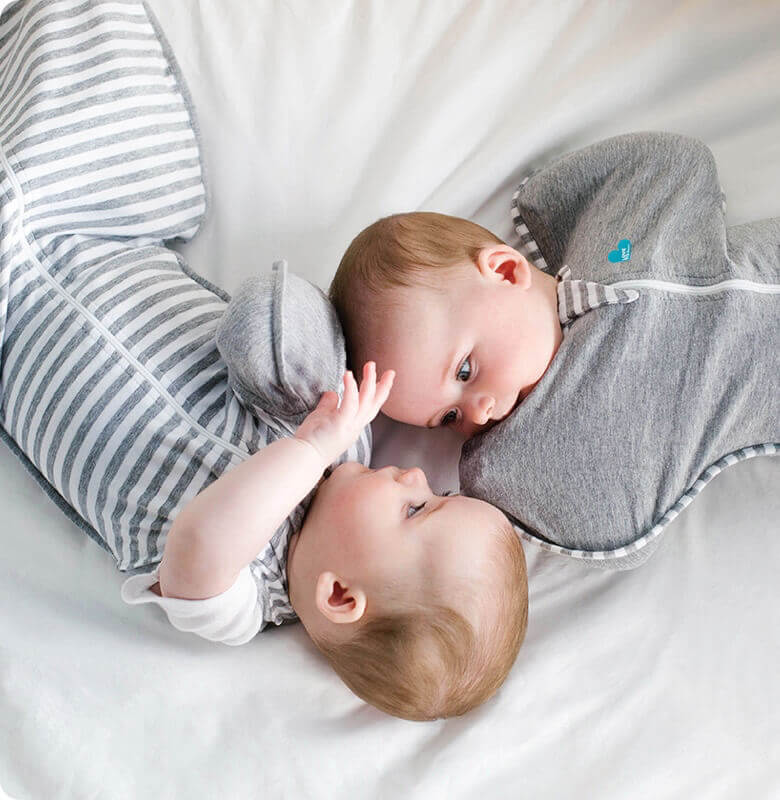Swaddling: The Why, When and Hows
Swaddling: The Why, When and Hows
Sleep is so important - Yes for your child but also for you. As a parent we can only run at a certain capacity with a decent amount of rest and recuperation, which can seem impossible when you have a newborn or baby in the household.
It is possible that when you were first handed your little one, the nurse had neatly wrapped them up in folds of material with their arms by their side. This is what we traditionally know as swaddling: A technique used for hundreds of years to help babies feel calm, familiar and comfortable. Figuring out the intricacies of swaddling can be intimidating - but that is where Love To Dream comes in really handy!
The womb is a very cosy place! Warm, quiet and soothing… so being exposed to the hustle and bustle of the real world can be very conflicting for young developing minds. The idea of swaddling is that it replicates - at least in some ways - the feeling of being back in the womb, a place they recognise as safe and calm. This all leads to a sounder sleep for both your baby and yourself.
Hana Krawchuk (founder of Love To Dream™) and Edwina Sharrock, registered midwife, nurse and Founder of Birth Beat, provide in-depth and helpful answers to the questions you may have.
Why should you swaddle your baby?
Yes there are comforting elements to swaddling your baby, but there are other benefits that go beyond just being wrapped up tight. Have you ever experienced a dream where you felt like you were falling and suddenly wake up with a jolt? Newborns experience this frequently, and it is called the Startle Reflex. This evokes an involuntary extension of the legs and the arms, interrupting their sleep and often giving them a little fright. Swaddling restricts the arms and legs, which means even is the reflex does occur, the baby is less likely to wake and / or startle themselves. It also very helpfully stops them from scratching their little faces in the night!
To reduce the risk of SIDS (Sudden Infant Death Syndrome) it is recommended to follow the Safer Sleep Guidelines. These safer sleeping guidelines are created to target known risk factors associated with sleeping accidents, and when followed, can help to keep your swaddled baby sleeping safely and soundly.
Another benefit is that the consistency of swaddling your baby will kickstart their recognition of the rhythms of bedtime, which will help them understand being swaddled as a cue for drifting off to safe, quiet sleep.
When should you start swaddling your baby?
These days it is fairly common for nurses to swaddle babies immediately after they’ve been born. Some hospitals may offer classes on how to do it correctly before the birth so you are ready to go! This is because it is a good idea to start the swaddling process from day one. This established a sleep routine, and builds positive sleep cues around being swaddled. Then, when your baby is ready to transition away from swaddling, the warm, nurturing feel of a swaddle will be familiar to them as they try out a cosy transition bag.
How to swaddle
This step-by-step guide should allow you to perfect the technique of swaddling your baby. With practice, you’ll master your own swaddling routine that works for you both.
Step 1: Temperature
Make sure you are aware of the temperature of the room with all elements considered: air conditioning, drafts, time of night, fans etc. Love To Dream have a TOG guide that shows you the best material to choose for each temperature condition. Checking this is essential - having the optimal temperature will not only keep your baby safe, but ensure a sounder night’s sleep.
Step 2: Safety
We recommend not having any loose blankets, toys or pillows inside the crib that could move and cover the baby’s face in the night. Make sure no loose cords are in the vicinity and that your baby is sleeping on a firm surface, with the sheet tight across the mattress.
Step 3: Choosing a Swaddle
We at Love To Dream have so many different prints, colours and TOGs so that every mother can find something that suits their baby and their environment. Consider the season when looking into the room temperature, and be sure to be covered for any changes when travelling or taking vacation.
Step 4: Time to swaddle
Lay your chosen swaddle down on a flat, safe surface then place your baby on top. Zip up the swaddle ensuring there are no loose ends or open parts, with their arms inside the wings like in the image below. You want to ensure your baby is not swaddled too tight, and full hip flexion is possible, as this is recommended for healthy hip development.



















